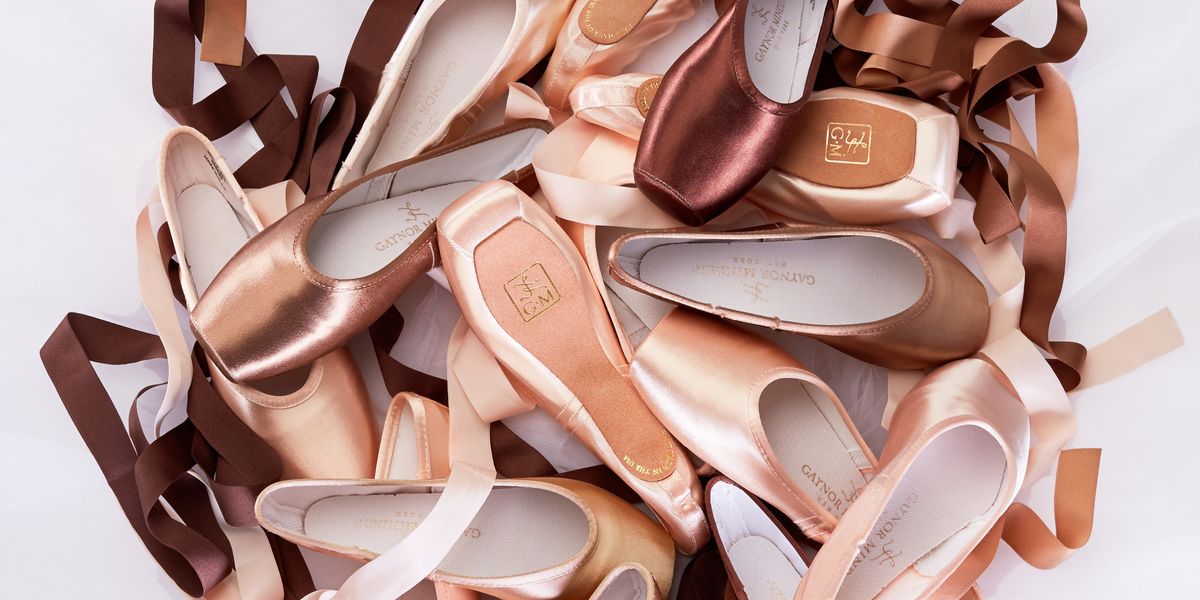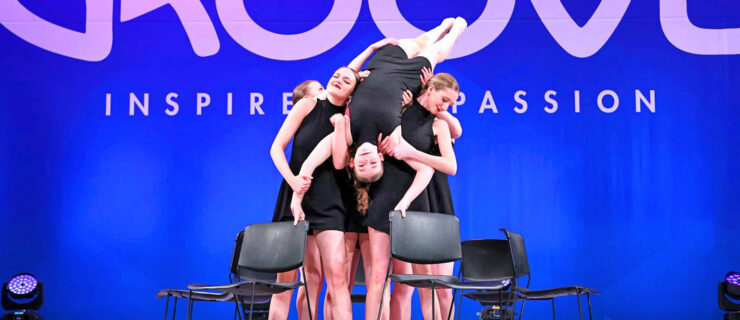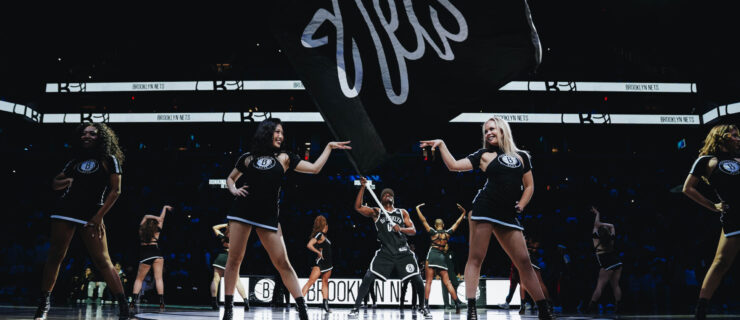Beyond Pink Satin: Dancewear Companies Reckon with Implicit Bias
Implicit bias and racial stereotyping are rampant in the dance world
. That’s a fact dancers of color have always known. But the anti-racism protests sparked by the murder of George Floyd—protests whose effects have reverberated through a myriad of industries—are bringing new attention to the problem. Though dance has been heavily influenced by Black culture and creators, most of its large institutions are overwhelmingly white. Eurocentric body standards are still the norm in much of the industry. And dancers of color continue to face erasure in one of the most basic and necessary components of the art: dancewear.
The issue is especially prevalent in ballet. Pointe shoes, typically covered in light pink satin, are meant to blend into the leg, extending its line. But that pink covering isn’t “skin tone” for everyone. For decades, Black and Brown dancers have been forced to spend money and time “pancaking” their shoes, coating them in foundation so that they match their skin color. (Brands like PointePeople, founded by a biracial couple, have created products to help make pancaking easier.)
In recent years, pointe shoe manufacturers have begun to acknowledge the issue. Gaynor Minden began offering shoes in “nude-for-all” shades at no additional cost in 2017. “I’d wanted to offer brown skin tones since 1986, even before the Gaynor Minden pointe shoe and company were realities,” head designer Eliza Minden says. (The company initially couldn’t afford to produce shoes in a range of shades.) In the early days of development, Minden consulted with the now-late Leslie Woodard of the Dance Theatre of Harlem, and was upset to learn what dancers of color had to go through to find products that matched their skin tones. “Pointe shoes that more closely resemble the skin tones of BIPOC dancers are a powerful message of not just inclusivity, but of welcome,” Minden says. “They say, ‘Ballet wants you. You belong here.'”

Gaynor Minden shoes in (from left) Pink satin, Cappuccino satin, Mocha satin, and Espresso satin (John Curry, courtesy Gaynor Minden)
Other pointe shoe brands have also begun to embrace inclusivity—slowly, and then, thanks to public pressure, all at once. Freed began offering brown and bronze shoes in 2018, as part of a collaboration with Ballet Black. Last week, in response to a petition that received more than 169,000 signatures, Bloch announced that they would add more satin options to their pointe shoes. Quickly, Russian Pointe, Capezio, Nikolay, Grishko, and Suffolk followed suit, releasing plans to add inclusive shades to their pointe shoe collections later this year.
Of course, the problem goes well beyond pointe shoes. Alison Stroming, a Brazilian-born dancer, model, and business owner, has long been frustrated by pink “flesh-colored” tights and pale “nude” leotards. “It is so important for dancers to feel confident and comfortable in their dancewear, and to see themselves represented in the brands they choose to wear,” she says.
To empower female dancers of all backgrounds, Stroming founded her own line, AS Dancewear. Inspired by the colors and styles of her home country of Brazil, and featuring mesh panels in a range of skin shades, the brand reflects dance’s ability to unite individuals of different races, religions, and genders. To further support dancers of color, Stroming also created the AS Mentorship program, which develops young talents from around the world. “My dream is for all dancers of all backgrounds to have equal opportunity and embrace their unique qualities,” Stroming says.

(From left) Audrey Mayernik, Josabella Morton, and Bella Jones in AS Dancewear (Collette Mruk, courtesy AS Dancewear)
Several other brands owned by dancers of color have made inclusivity a top priority. Ballet Café Naturals, which offers tights in six flesh-toned shades, and Blendz Apparel, which produces leotards, tights, and ballet and jazz shoes for diverse skin tones, consider their audiences not only when designing, but also when marketing and pricing their dancewear. They offer styles suited for a range of body types and skin tones, feature models of color on promotional materials, and sell pieces at accessible price points.
“As a dancer of color, it’s very important to see dancewear companies using dancers of color to represent their brand,” AS Mentee Iliana Victor says. “By having dancers of color as a part of their team, they’re actively encouraging me and the younger generation, saying that we too can become great dancers and be accepted into society.”

Iliana Victor in AS Dancewear (Collette Mruk, courtesy AS Dancewear)
Inclusive dancewear continues to be the exception rather than the rule. Recently, more and more dancers of color have come forward about their negative experiences shopping for dancewear. Second Skin Costumes came under fire last week for using homogeneous models, resisting feedback, and refusing to do custom orders for BIPOC dancers. (In response to backlash on social media, the company launched a scholarship fund aimed at supporting dancers of color.)
The recent announcements by Bloch, Capezio, and other large dancewear companies mean real change might be on the horizon. But we must keep holding brands accountable, making sure they continue to promote inclusivity and showcase diversity. A dancer should never have to worry about finding tights to match their skin tone, or foundation rubbing off their pointe shoes—they should be able to focus on their performance. Black lives matter, and Black dancers matter: Dancewear should reflect that.




